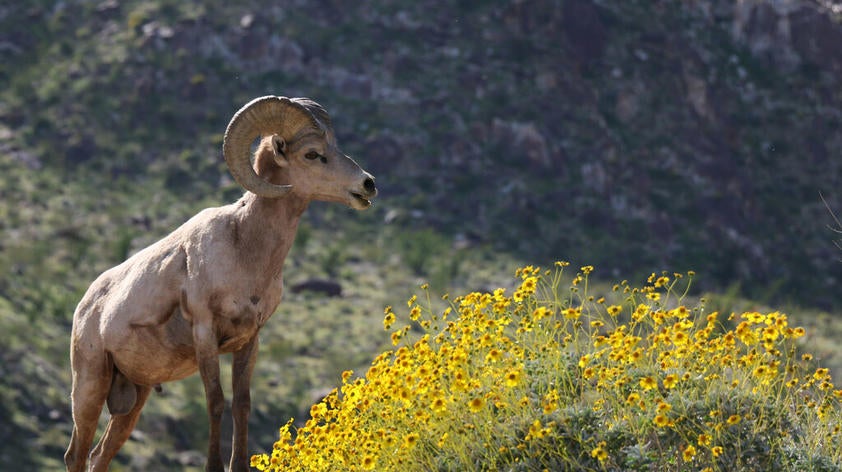
Do not disturb: Applications of non-invasive sampling
Over 30,000 species worldwide are known to be are threatened with extinction. Of the 112,432 species assessed by the IUCN, 14% are data deficient, meaning we don’t have enough information to correctly assess their conservation status. For the past decade, non-invasively collected DNA samples have become essential for wildlife monitoring and conservation.
By extracting DNA from fecal, hair, or other non-invasive DNA sources (e.g. environmental DNA), wildlife biologists are able to answer a variety of questions about animal ecology and behavior without ever having to handle, capture, or observe individual animals.
Though perhaps unappealing, fecal samples contain an enormous amount of data! Fecal samples have been used to study diet, gut health, social dynamics, migration patterns, and even population history. We can learn a lot from these samples without having to cause an animal any stress, which is especially important for endangered species.
Here in the Conservation Genetics group, we have taken part in a major collaborative and multidisciplinary effort to study the genetics of the endangered Peninsular bighorn sheep (Ovis canadensis nelsoni) in Baja California using non-invasive samples.
This subspecies is distributed throughout the Peninsular Range from the San Jacinto Mountains to the Sierra de la Laguna at the tip of Baja California Sur. In 1998, this subspecies was added to the Endangered Species Act due to low population sizes in California. Through intensive management, they have reached more sustainable and suitable population sizes.
However, in Baja California, several recent developments threaten bighorn populations. Roads, renewable energy development, construction projects, border fences, habitat loss, and hunting all threaten the subspecies within this region.
Since 2013, over 400 fecal samples have been collected from Baja California. A difficult task due the rough terrain of the Sierra Juarez Mountains and the elusive nature of bighorns.
Traditionally, microsatellites have been the marker of choice to genotype these samples. However, these methods are labor intensive, costly, and yield few genetic markers as non-invasive samples are poor in quality compared to blood or tissue samples.
Recent advancements in sequencing methods and platforms have allowed us to broaden our genomic coverage in low quality samples resulting in more accurate individual identification and subspecies designation to help guide management strategies. Using a new method called sequence capture we will target sequences within the bighorn genome expanding the number of genetic markers we use to answer questions about population structure, environmental adaptation, and disease susceptibility.
Rapidly changing environments, due to human developments, are the leading threat to species worldwide. Our hope for this project is to generate data that will help us better understand the connectivity and genetic health of Peninsular bighorn sheep in Baja California so in the future, we can properly measure how these animals will respond to changes in their habitat.
Photos: Bighorn sheep above (credit: Joanna Gilkeson/USFWS) and fecal pellets below (credit: Aparna Chandrashekar).













